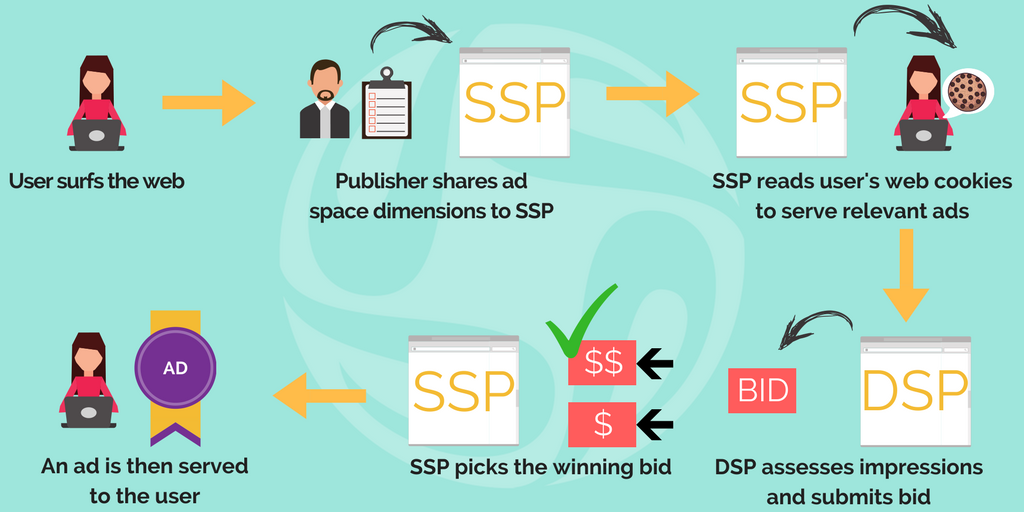User data is constantly sprouting in every corner of the web and mobile universe, with every passing second. We see ad tech companies, brands, ad networks and exchanges and every middleman scampering about in an attempt to collect that knowledge from each of its sources. But in this hunt for extracting valuable information from oceans of data every day, there lies a big gap between connecting nameless/faceless digits provided by Data Management Platforms (DMPs) to the more tangible, yet minuscule number of known IDs that come in through Customer Data Platforms (CDPs).
That’s the challenge that we at BPRISE have worked to solve.
Not Just DMP, But Holistic Data Management
When advertisers buy media across a vast range of different sites and through various middlemen, including DSPs, ad networks and exchanges, DMPs typically tie all that activity and subsequent audience data together in one, centralized location. This is used to help optimize future media buys and improve target practice when a client wants to reach a certain filtered demographic. But what the DMPs provide is only 3rd party information that’s ripe for the taking for you and your competitors going after the same customer(s). They don’t provide you with unique identifiers and definite readings of your prospective buyers. You need to knock on a CDP’s door for that.
Or you could just ring our doorbell instead, to cover both sides of the spectrum. We at BPRISE have devised our own system that marries the expansive reach and global access of DMPs with the precision and pointed knowledge of CDPs. We call it UDMP-Unified Data Management Platform. Since we trace your customers even when they travel outside of your website/app framework onto other 3rd party territories, with our UDMP, we are able to connect this first-hand CDP data with information from 3rd party apps and websites (information that has already been analysed by DMPs). This is a more durable and privacy-led connector between known and unknown ID types. So, everything from transaction data, demographic data, and virtually infinite amounts of behavioural data all churn away under our UDMP warehouse.
Thanks to UDMP behaving as a superset of data from DMPs and CDPs, we are able to provide a consolidated view of your customers’ interests and better predict future behaviours, consumer paths and motivations. Since we bridge the gap between DMPs and CDPs and manage the relationship between the ‘general’ mass of data points and known facts about uniquely identified consumer profiles, we have the power to enrich email lists and retargeting campaigns with anonymous DMP attributes to drive performance in known channels.
UDMP. More Juice, Less Faff.
By building this UDMP we can help our clients to better understand customer information and do it with major operational efficiency. Every data point is enriched and made sense of in a way that ensures minimal waste of key information and full use of the cost that went into acquiring that data.
UDM provides you with a data-set of your actual audience which can be activated across an entire life cycle: acquisition, engagement, conversion, and retention. There aren’t restrictions on the types of data you can collect, the segmentation is real-time, and it is channel agnostic to ensure the seamless flow of data. This flexibility arms brands and advertisers with an ability to really explore more possibilities and methods to engage with their user bases.
Controlling such vast amounts and types of data all under one roof also allows us to come to more accurate conclusions, at a faster rate. This in turn feeds into optimisation campaigns and switching strategies to capitalise on emerging trends. By unifying the DMP and CDP universes, at BPRISE we constantly refine lookalike models and present our clients with not just the 411 about their existing customers, but also point them to the coordinates of their future buyers and patrons as well.
So, we’re saying, instead of employing the services of multiple middlemen entities to gather information about the same target audience, give us a call. With our Unified Data Management Platform, we warehouse all the data pouring in from numerous locations and hand it to you in a way that makes sense. If you believe that Data is the new currency, then know that UDMP functions as a big bank. Start your account with us today!








